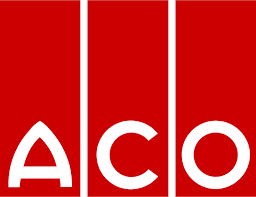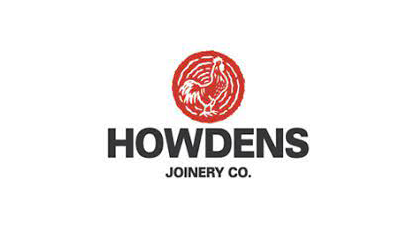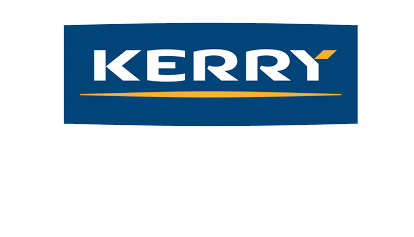
- Details
- Category: Blog
Growing up I used to love reading the Numskulls cartoon in the Beezer/Beano comic which featured little people inside the head of a cartoon character. Alf and Fred shoved food down the tum hatch. Blinky ran the eye department, Brainy sat at computer in the brain department. Nosey was in the Nose department, you get the picture. (Find out more at https://ukcomics.fandom.com/wiki/The_Numskulls)
Much of the cartoon strip humour comes from each Numskull character working as separate entities. That leads to all sorts of unintended comical outcomes. (e.g. Brainy decides to grow hair to keep warm but it grows too long so Blinky can't see and the man falls over).
Unfortunately this sort of silo thinking is a common pitfall that organisations fall into if Leaders don't recognise the signs of:
- Individual Managers taking decisions about direction and priorities in isolation or finger pointing when things go wrong.
- Front line personnel concentrating on their tasks ignoring anything that doesn't stop output.
- Front Line Leaders trying to balance reality with the aspirations of their Senior Managers.
It's just like a Numskulls cartoon strip. The future trips and spills are guaranteed.
This behaviour can be so ingrained that even intelligent, capable managers become conditioned to believe that it has to be that way.
I remember supporting a "plan the plan" working session with the senior team of a global engine manufacturer. The shift managers did not want to release areas of the plant because it would stop production until the MD pointed out that the plant in question stopped all the time due to breakdowns so why not stop it now to prevent it stopping in the future. Once the obvious truth of this was spoken, resistance softened and the plant was released.
The lessons learned
What had changed during the working session can best be described using three additional Numskull characters to explain the variation in Management Mindset:
- Heart - Covering instincts about what do we want to achieve in the longer term, what will good look like
- Head - Covering how to get there over the next year or so
- Hands - Covering What to do now, what needs attention and what to do next.
At the start of the above "plan the plan" session, the Heart, Head and Hands of the management team were not aligned. This variation in "Mindsets" locked the management team into unproductive yet compelling way of working (JFDI).
The importance of aligning Heart, Head and Hands characteristics as part of the improvement process was confirmed by Shingo institute research into the conditions that have the greatest positive effect on employee engagement to avoid wasted time in pursuit of methods which may be less effective or, worse, completely ineffective.
The conclusions of their research was that if a leader or manager of a manufacturing/production facility want to improve employee engagement, the most potent levers are:
- Providing employee opportunities to make meaningful decisions regarding his/her work. (Heart)
- Providing opportunities for personal development that might lead to job variability, value to the company and possible advancement (Head and Hands)
Applying Lessons Learned
The best way to align Heart, Head and Hand across the organisation is through practical team based improvement projects carried out alongside day to day activities. That provides the opportunity for improvement leaders and teams at all levels to learn and practice new ways of working in a real world environment until they become second nature. As part of that process:
- Align area cross functional priorities to focus on end to end process flows and break down functional silos
- Establish local area ownership of front line processes to capture and share knowledge
- Develop Front Line Leader ability to coach their teams
- Transition Leadership Outlook
- From Managing the past (fix what's broke)
- To Managing the future (the improvement glide path)
Learn how our support programmes incorporate these building blocks of success to meet business led improvement challenges such as:








